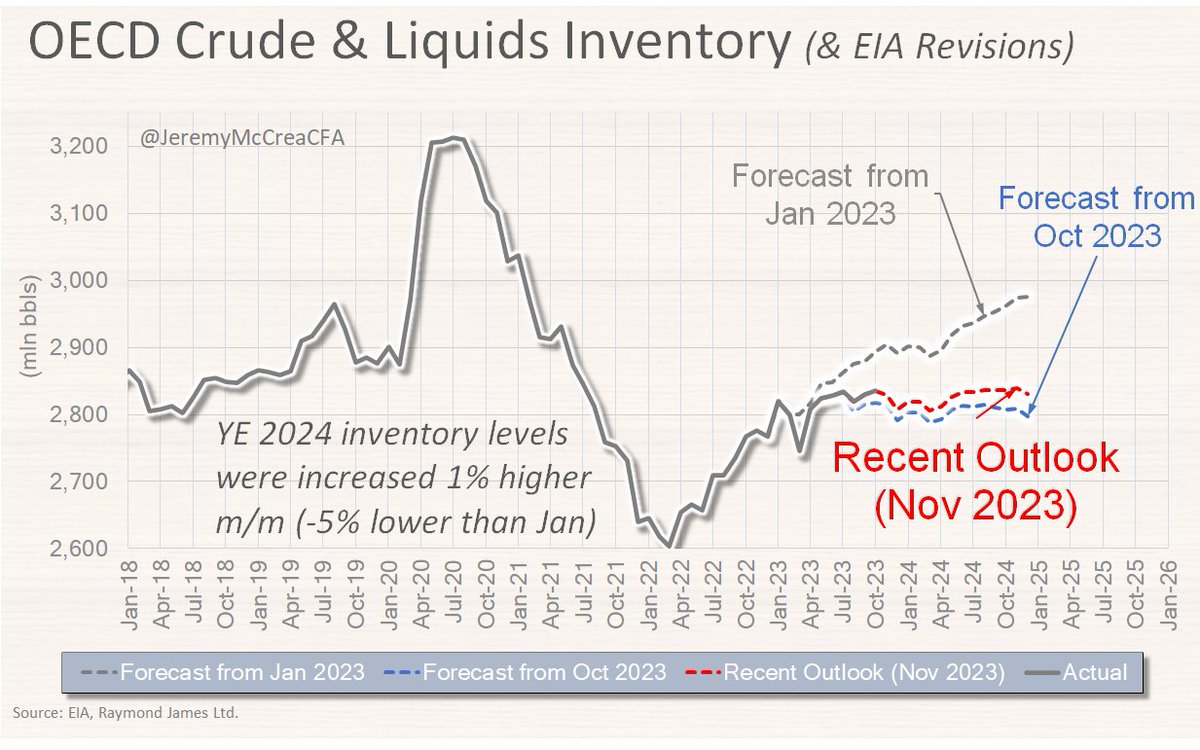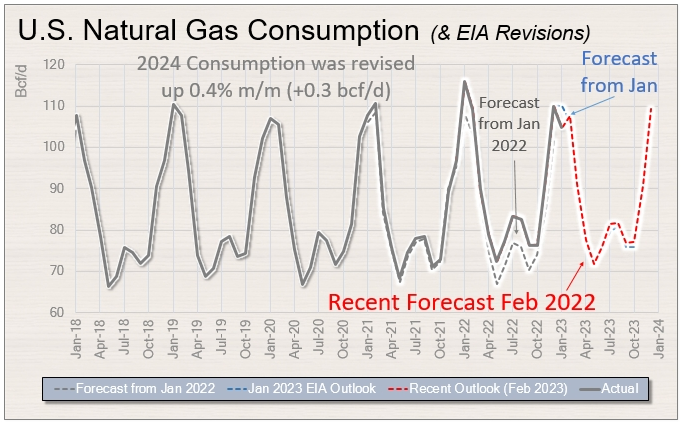A thread – Our takeaways from the Dallas Fed Energy Survey (and how sentiment has changed from prior surveys)
Costs: Expected Finding & Development costs have slowed. Only 66% of Oil & Gas companies surveyed expect costs to rise (vs 72% last quarter) #oott #WTI #oilgas #invest
Costs: Expected Finding & Development costs have slowed. Only 66% of Oil & Gas companies surveyed expect costs to rise (vs 72% last quarter) #oott #WTI #oilgas #invest

A thread –Dallas Fed Energy Survey
The drop in WTI has ‘Company Outlooks’ falling quite hard from prior quarters – with only 39% reporting a better outlook (vs. a high of 82% seeing a positive outlook in 1Q22). #oott #oilandgas #WTI
The drop in WTI has ‘Company Outlooks’ falling quite hard from prior quarters – with only 39% reporting a better outlook (vs. a high of 82% seeing a positive outlook in 1Q22). #oott #oilandgas #WTI

A thread –Dallas Fed Energy Survey
The Uncertainty Index continues to move higher and now back to levels seen at 2Q20. This ‘uncertainty’ likely keeps upcoming capex budgets muted, putting a lid on new oil and natgas supply for 2023 #oott #WTI #crude
The Uncertainty Index continues to move higher and now back to levels seen at 2Q20. This ‘uncertainty’ likely keeps upcoming capex budgets muted, putting a lid on new oil and natgas supply for 2023 #oott #WTI #crude

A thread –Dallas Fed Energy Survey
Despite increasing concerns, Employment still remains robust – with 21% of Oil & Gas companies reporting more hiring whereas only 4% indicating less hiring going forward. The Index still remains near record highs #oilgas #crude
Despite increasing concerns, Employment still remains robust – with 21% of Oil & Gas companies reporting more hiring whereas only 4% indicating less hiring going forward. The Index still remains near record highs #oilgas #crude

A thread –Dallas Fed Energy Survey
Oil & Gas mgmt expect WTI prices to be $88.74/bbl by YE 2022. This was above the reference price at the time, indicating mgmt likely see a tight physical market than what financial markets are suggesting #WTI #OOTT
Oil & Gas mgmt expect WTI prices to be $88.74/bbl by YE 2022. This was above the reference price at the time, indicating mgmt likely see a tight physical market than what financial markets are suggesting #WTI #OOTT

A thread –Dallas Fed Energy Survey
Oil & Gas mgmt expect NYMEX natural gas prices to be $7.97/mcf by YE 2022. This is a pretty meaningful jump vs. 1Q22. Despite the natgas reference price falling q/q, mgmt increased their natgas price expectations q/q #LNG #ng
Oil & Gas mgmt expect NYMEX natural gas prices to be $7.97/mcf by YE 2022. This is a pretty meaningful jump vs. 1Q22. Despite the natgas reference price falling q/q, mgmt increased their natgas price expectations q/q #LNG #ng

A thread - Dallas Fed Energy Survey
These are some of the special questions that caught our attention:
"Do you expect a significant tightening of the oil market by the end of 2024, given the current underinvestment in exploration?" 85% said yes
These are some of the special questions that caught our attention:
"Do you expect a significant tightening of the oil market by the end of 2024, given the current underinvestment in exploration?" 85% said yes

A thread - Dallas Fed Energy Survey
These are some of the special questions that caught our attention:
"Do you expect the age of inexpensive U.S. natural gas to come to an end as LNG exports to Europe expand?" 69% said yes by 2025; 12% said yes by 2030 #natgas
These are some of the special questions that caught our attention:
"Do you expect the age of inexpensive U.S. natural gas to come to an end as LNG exports to Europe expand?" 69% said yes by 2025; 12% said yes by 2030 #natgas

A thread - Dallas Fed Energy Survey
These are some of the special questions that caught our attention:
"Do you expect financial investors to return to the oil and gas sector?" 79% said 'some'; 10% said yes #investing
These are some of the special questions that caught our attention:
"Do you expect financial investors to return to the oil and gas sector?" 79% said 'some'; 10% said yes #investing

• • •
Missing some Tweet in this thread? You can try to
force a refresh






















